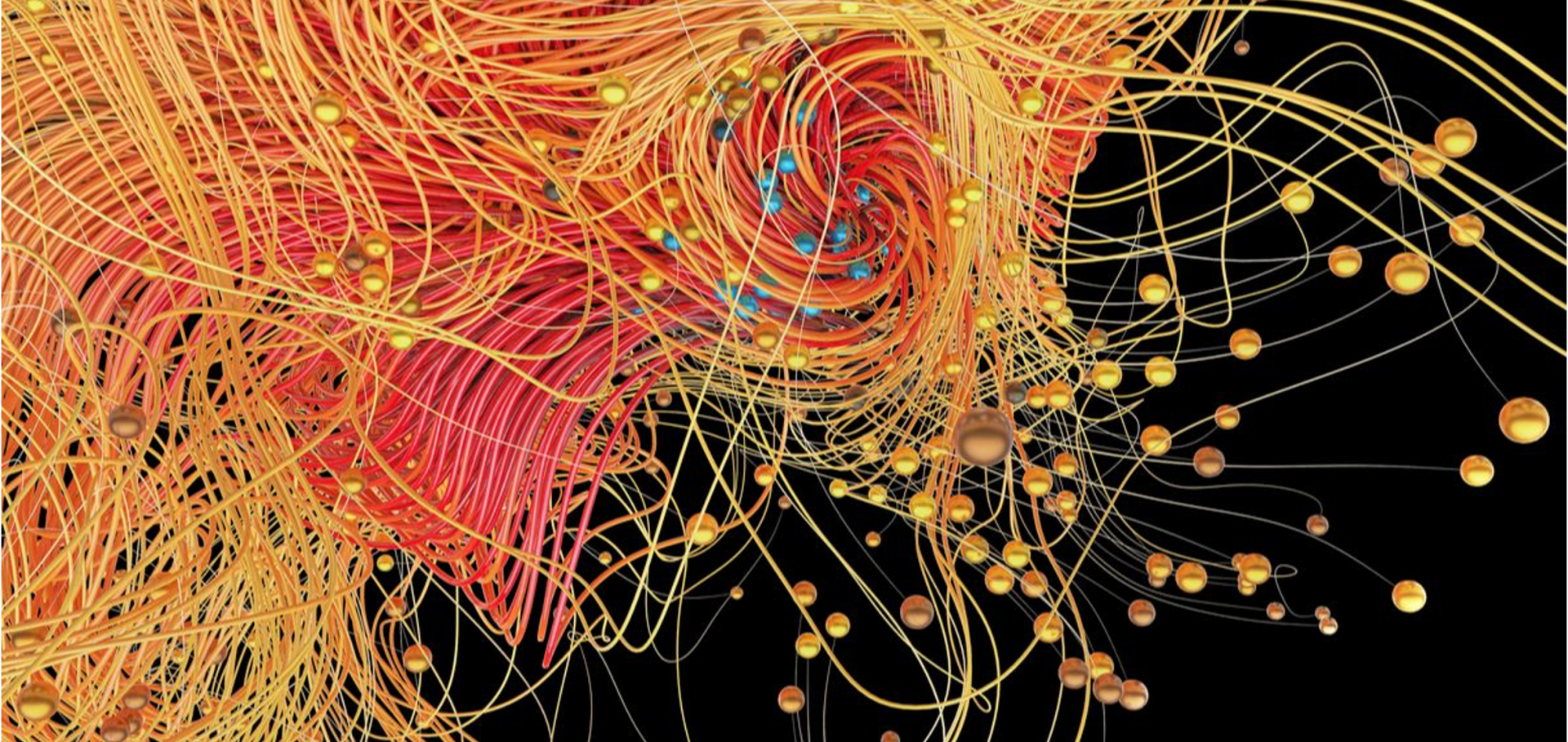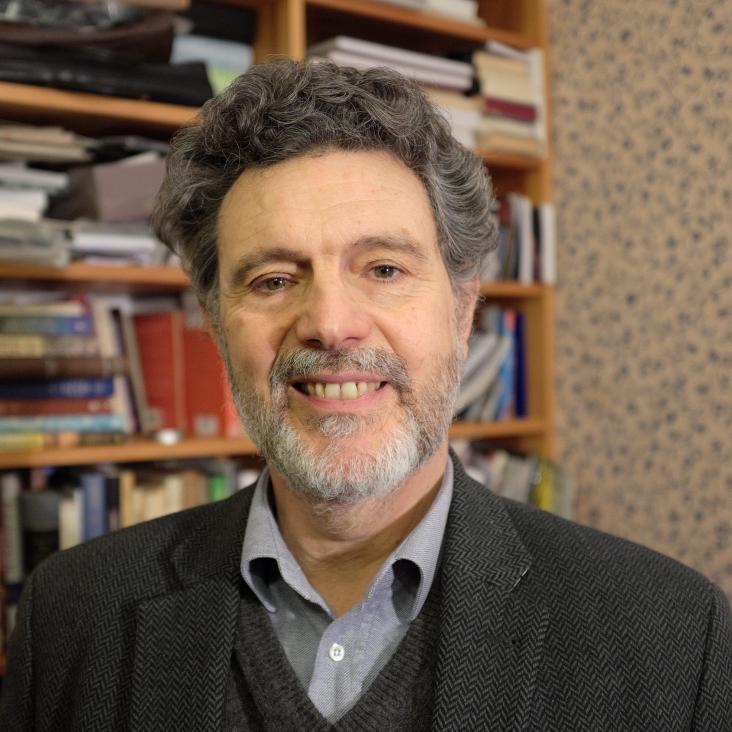Magnetoelectric domains and their switching mechanism in a Y-type hexaferrite
Revealing the nature of photoluminescence emission in the metal-halide double perovskite Cs2AgBiBr6
Abstract:
Double perovskite crystals such as Cs2AgBiBr6 are expected to overcome the limitation of classic hybrid organic–inorganic perovskite crystals related to the presence of lead and the lack of structural stability. Perovskites are ionic crystals in which the carriers are expected to strongly couple to lattice vibrations. In this work we demonstrate that the photoluminescence (PL) emission in Cs2AgBiBr6 is strongly influenced by the strong electron–phonon coupling. Combining photoluminescence excitation (PLE) and Raman spectroscopy we show that the PL emission is related to a color center rather than a band-to-band transition. The broadening and the Stokes shift of the PL emission from Cs2AgBiBr6 is well explained using a Franck–Condon model with a Huang–Rhys factor of S = 11.7 indicating a strong electron–phonon interaction in this material.
Magnetoelectric domains and their switching mechanism in a Y-type hexaferrite
Magnetic structure and spin-flop transition in the A -site columnar-ordered quadruple perovskite TmMn3O6
Abstract:
We present the magnetic structure of $\mathrm{TmMn_3O_6}$, solved via neutron powder diffraction - the first such study of any $R\mathrm{Mn_3O_6}$ A-site columnar-ordered quadruple perovskite to be reported. We demonstrate that long range magnetic order develops below 74 K, and at 28 K a spin-flop transition occurs driven by $f$-$d$ exchange and rare earth single ion anisotropy. In both magnetic phases the magnetic structure may be described as a collinear ferrimagnet, contrary to conventional theories of magnetic order in the manganite perovskites. Instead, we show that these magnetic structures can be understood to arise due to ferro-orbital order, the A, A$'$ and A$''$ site point symmetry, $mm2$, and the dominance of A-B exchange over both A-A and B-B exchange, which together are unique to the $R\mathrm{Mn_3O_6}$ perovskites.Strain engineering a multiferroic monodomain in thin-film BiFeO3
Abstract:
The presence of domains in ferroic materials can negatively affect their macroscopic properties and hence their usefulness in device applications. From an experimental perspective, measuring materials comprising multiple domains can complicate the interpretation of material properties and their underlying mechanisms. In general, BiFeO3 films tend to grow with multiple magnetic domains and often contain multiple ferroelectric and ferroelastic domain variants. By growing (111)-oriented BiFeO3 films on an orthorhombic TbScO3 substrate, we are able to overcome this, and, by exploiting the magnetoelastic coupling between the magnetic and crystal structures, bias the growth of a given magnetic-, ferroelectric-, and structural-domain film. We further demonstrate the coupling of the magnetic structure to the ferroelectric polarisation by showing the magnetic polarity in this domain is inverted upon 180° ferroelectric switching.



